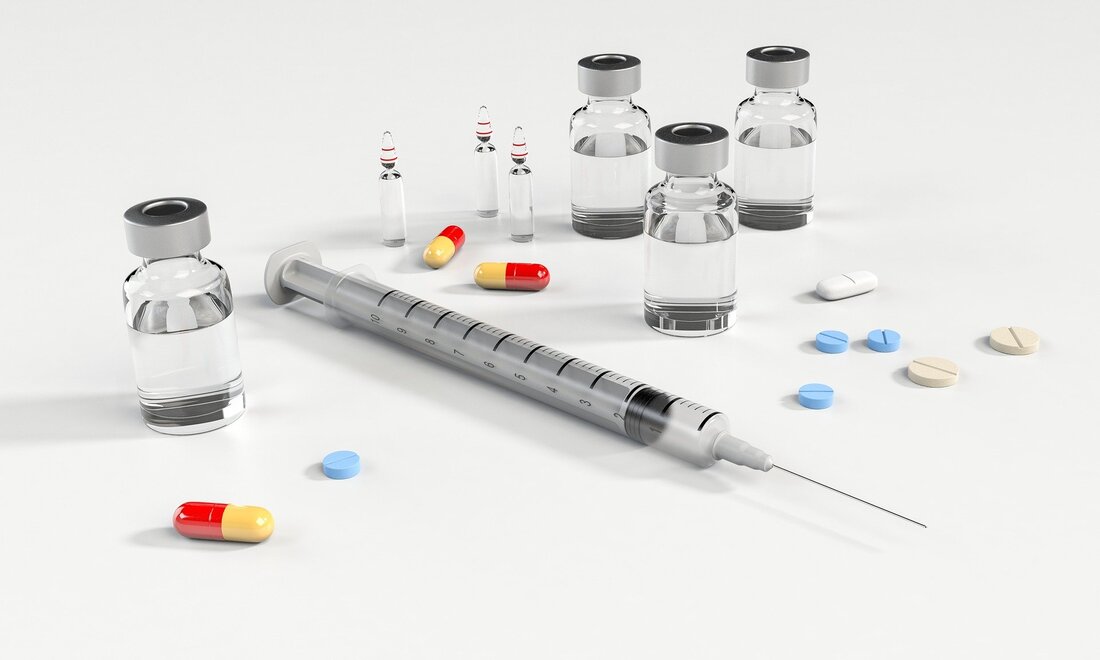|
What Is Surgery – Salivary Gland Cancer Symptoms
DEFINITION Tumors that arise in the major (parotid, submandibular, sublingual) or minor salivary glands, with a variety of histological subtypes. The parotid gland (20 percent malignant), the submandibular gland (30–50 percent malignant), and the minor salivary glands (15 percent malignant).Tumors of the sublingual gland are uncommon (0.3 percent , but nearly all malignant). AETIOLOGY The reason behind this is unknown RISK FACTORS/ASSOCIATIONS Smoking (Warthin's), radiation (Warthin's and mucoepi-dermoid carcinoma), and the Epstein-Barr virus which is linked to lymphoepithelial tumours. EPIDEMIOLOGY The majority of cases are in adults, and they are rather uncommon. Pleomorphic adenoma: 42 years on average, Warthin's tumour: 60 years on average (male>female); acinic cell carcinoma: women in their 50s; squamous carcinomas: men in their 70s. HISTORY A swelling that is normally painless and grows slowly. When a tumour is malignant, it is more likely to cause pain. EXAMINATION The edoema should be thoroughly inspected for signs of fixation. induration or ulceration of the surrounding skin or mucosa in locally advanced instances. A bimanual palpation of the submandibular gland is recommended. Deep lobe parotid tumours may expand into the parapharyngeal space, necessitating an examination of the oral cavity. Evidence of regional lymphadenopathy and facial nerve function in parotid lesions (weakness should trigger concern of malignancy). INVESTIGATIONS Ultrasound, CT, or MRI scanning are utilised to delineate the mass and its connection to adjacent structures, as well as to stage the procedure. FNA can be utilised for tissue biopsy, but it cannot be depended on completely for histological diagnosis. Because of the potential of tumour leakage, incisional or excisional biopsy of tumours in large glands should be avoided. Histology: Tumors that are benign: Pleomorphic adenoma accounts for 80-85% of all parotid gland tumours. Without a genuine capsule, epithelial or myoepithelial cells are more likely to return following excision. Warthin's tumour (papillary cystadenoma lymphomatosum, formerly known as adeno-lymphoma) accounts for 15% of parotid neoplasms, 10% of which are bilateral or multi-centric and contain glandular and cystic features, as well as eosinophilic epithelium. Acinic cell carcinoma is the most prevalent type of malignant cancer in the parotid gland. Lymphocytic infiltrates can be found throughout a wide histological spectrum. Mucoepidermoid carcinoma: The most frequent malignant tumour of the parotid gland, ranging in severity from low to high. Adenoid cystic carcinoma (6 percent of all submandibular malignancies) is aggressive, with perineural progression into the brain and the possibility for late metastases. Squamous, adenocarcinoma, and undifferentiated carcinomas are all aggressive cancers. Non-epithelial tumours (such as haemangiomas and lymphomas) are extremely rare. MANAGEMENT Medical: Lymphoma or infective masses are treated with the medication. Excision is a surgical procedure that is used to remove both benign and malignant tumours. Parotid: Superficial or whole parotidectomy with careful preservation of the facial nerve and its branches that run between the deep and superficial lobes (for benign or low-grade cancers). If the nerve is affected, it can be sacrificed and immediately rebuilt with a nerve graft. Submandibular: Tumours are accessed with a submandibular triangular incision. The lingual or hypoglossal nerves may be involved in malignant tumours, necessitating excision. The patient should be informed about the partial loss of sensation and movement of the tongue as a result of this. There's also a chance that the mandibular branch of the facial nerve will be injured, resulting in asymmetry in the mouth and lower lip. If lymph nodes are implicated, a neck dissection is performed. Carcinomas of the palate: Excision of a large portion of the palate, which may necessitate difficult repair. If the cancer is malignant, adjuvant post-operative radiotherapy should be provided. Chemotherapy is mainly reserved for palliation because it is not particularly effective. CONSEQUENCES OF PAROTIDECTOMY: Facial nerve injury, haemorrhage, skin flap necrosis, salivary fistula, and Frey's syndrome (10–50 percent, abnormal regeneration of postganglionic parasympathetic nerve fibres that normally innervate the parotid to sympathetic nerves of sweat glands, resulting in gustatory sweating.Because of the existence of pseudopod-like extensions from the tumour, pleomorphic adenomas have a high rate of recurrence if only simple enucleation is performed. PROGNOSIS Pleomorphic adenomas gradually increase if not removed, and there is a risk of malignant transformation (5 percent ). The 5-year survival rate for mucoepidermoid carcinoma is 70%. (but worse for higher-grade forms). Because perineural invasion is difficult to eliminate and has a tendency for late recurrence, adenoid cystic carcinoma has a poor prognosis. Low-grade tumours have a 10-year survival rate of 80–95 percent, but high-grade tumours have a survival rate of only 25–50 percent.
0 Comments
Leave a Reply. |
Kembara's Health SolutionsDiscovering the world of health and medicine. Archives
June 2023
Categories
All
|

 RSS Feed
RSS Feed